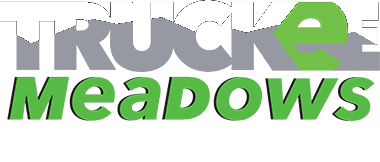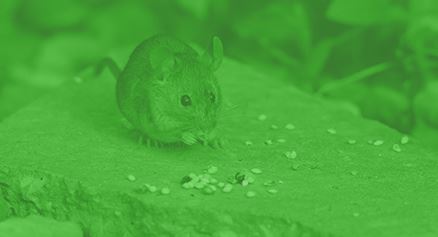The 2 main domestic rodents found in Nevada are the “house mouse” and the “white-footed (deer) mouse”. The coloring of the mouse can help easily identify them. A house mouse is all gray. A deer mouse is bi-colored: tan to gray on top and white on bottom, with a distinct line from head to relatively long tail and large ears. They are about the same size or slightly larger than house mice.
A mouse eats about 4lbs of food a year. House mice eat a wide range of foods, cereals are highly preferred. House mice are sporadic feeders; small amounts of food are taken many times from many places. Mice typically eat at two primary times: dusk and dawn. Their range is normally 10 to 30 feet from the nest. Their nest is lined with soft materials such as cotton or paper. Nests can be built in walls, cabinets, upholstered furniture, or other convenient spaces. Mice can scale walls and jump from countertops. They can also fit their heads through a space the size of a No. 2 pencil eraser!
While deer mice are widespread, they are not often seen due to being nocturnal. They are seedeaters and may damage newly seeded gardens and flower beds. You can protect new gardens by covering them with ¼ inch wire mesh screen or something smaller. The most important fact about the deer mouse is they are carriers of the “Hantavirus”. Hantavirus is a viral illness transmitted from saliva, feces or urine of infected animals. Once their waste products dry, the virus can become airborne. While not easily transmitted, infection is usually caused from the inhalation of the virus. Hantavirus is described as a severe respiratory illness that results in death for 30% of its victims. Please use extreme caution or avoid activities associated with exposure to deer mice droppings and urine. If you are worried about the Hantavirus, avoid confined spaces while cleaning droppings as fecal material can become airborne. It is always a good idea to moisten droppings before cleaning them with Windex (due to ammonia content). By moistening the droppings lessen chances of airborne transmittal!


